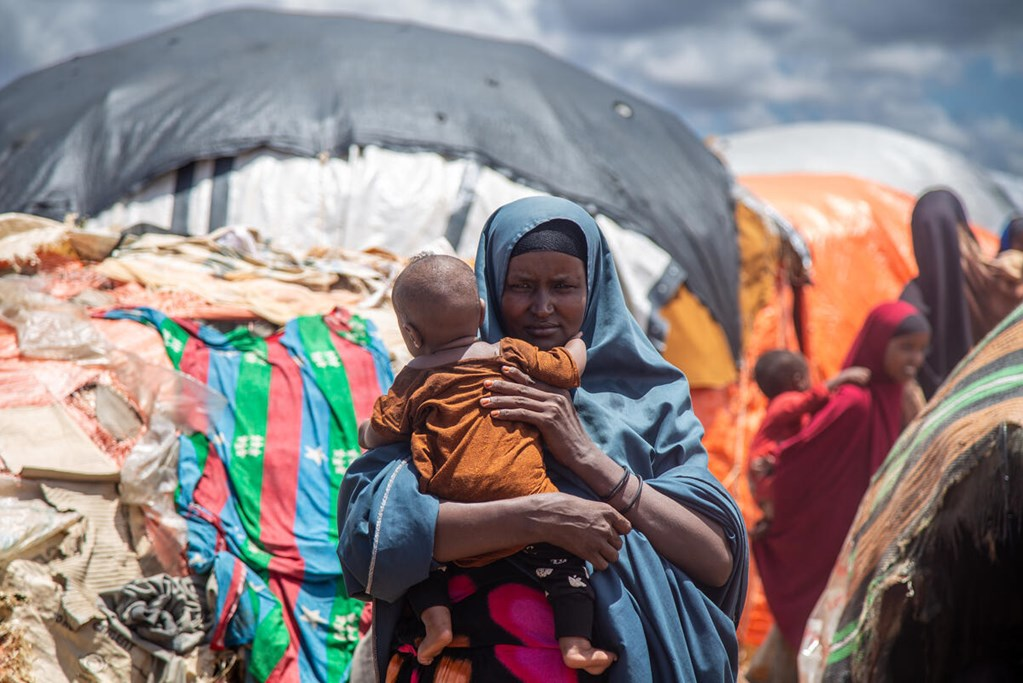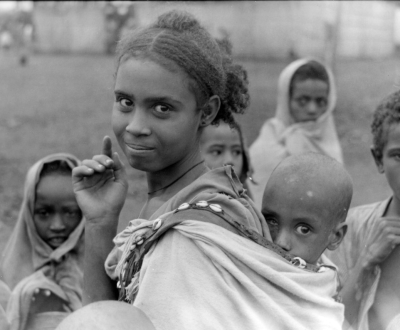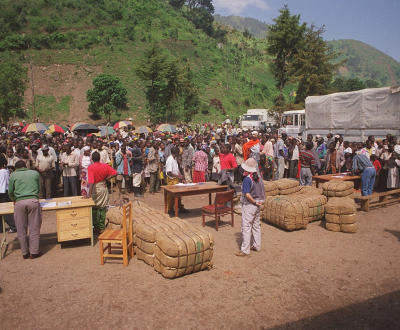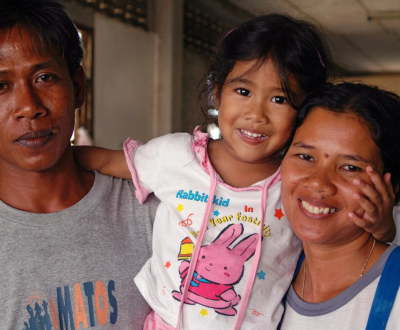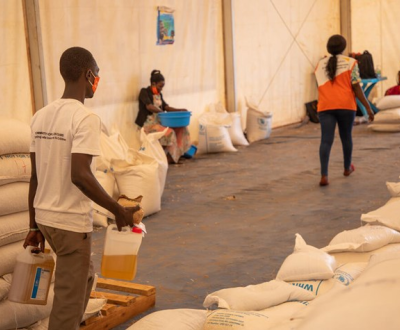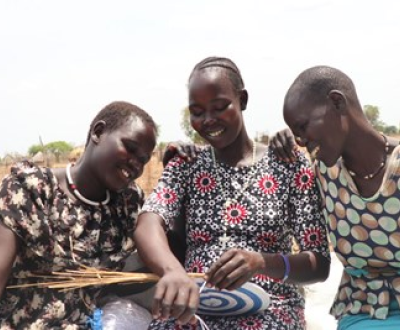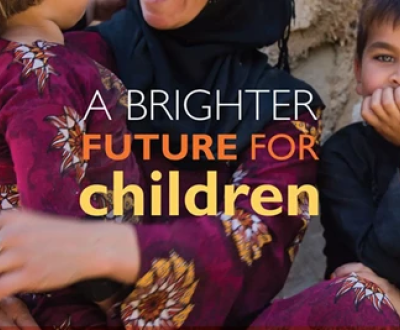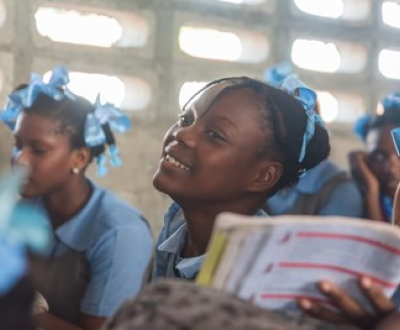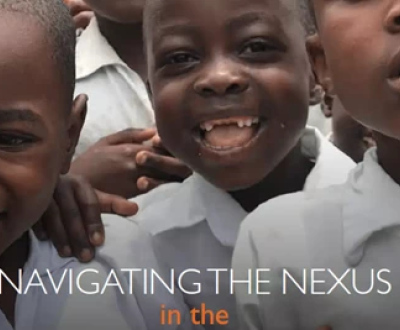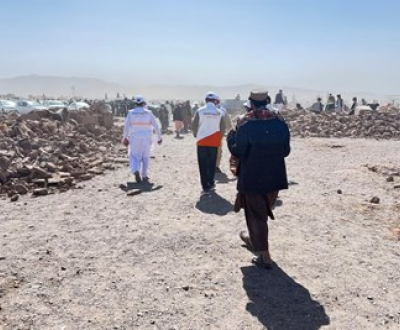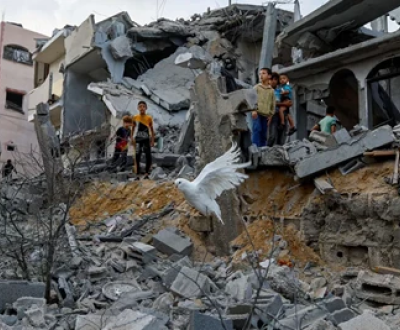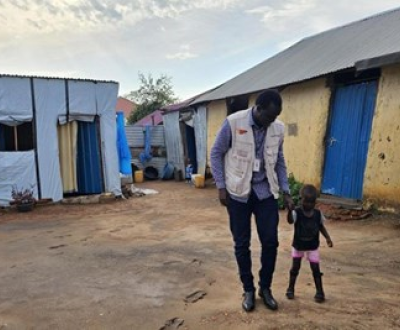The facts
According to the UN, record numbers need help and the number of children being displaced by conflict and crises is rapidly growing. Emergencies can deprive children of their homes and security, leaving them open to abuse and extreme poverty.
Why it is important to us
Our goals are to protect children, save lives, reduce suffering, protect livelihoods, strengthen community resilience and promote peace. We are always ready to provide on-the-ground aid and assistance to those affected by natural or man-made disasters.
World Vision Ireland responds to acute and chronic humanitarian crises across a number of countries in three ways: (1) By pooling efforts with other World Vision offices after disasters; (2) With valuable support from Irish Aid, our humanitarian response has a very strong focus on health, education and the protection of women and children; (3) Through Childhood Rescue in fragile contexts
Across World Vision Offices
World Vision has the size, experience and expertise to respond immediately with emergency aid when disaster happens. A global network of disaster response experts assess the impact of each disaster, plan the response, request funding from offices like World Vision Ireland, and get to work immediately. The Global Rapid Response Team responds within 24 to 72 of hours of a major disaster and includes logistics staff, child protection experts, water, health and sanitation experts, and communications staff.
WV has offices in 100 countries, so is often already based in disaster regions with local staff being able to start work as soon as possible. The Global Rapid Response Team works alongside local staff for the first 90 days of a disaster. They then set up a long-term team of regional staff to continue the work.
World Vision's history of emergency response
Learn about our programmes and approaches
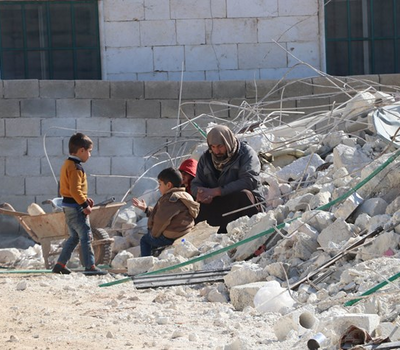
RISE / ACS
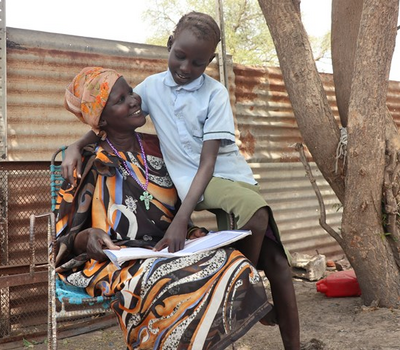
Childhood Rescue Programme
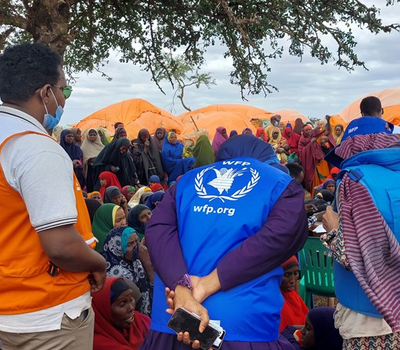
UN and WFP
Find out more about our positions
Read related stories
Get involved with us
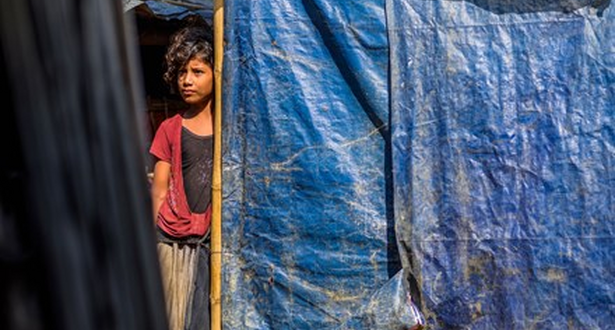
Donate
Donate to help protect children suffering during emergencies such as natural disasters and conflict.
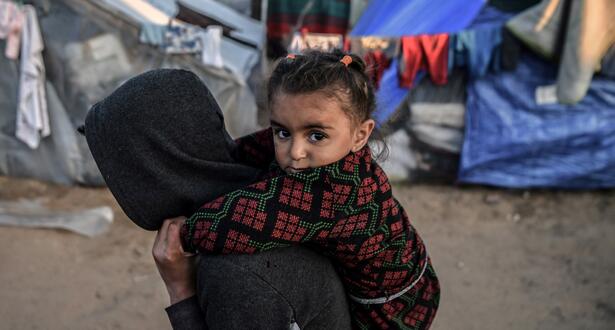
Emergency Appeal
Irish Emergency Alliance Gaza Appeal.
